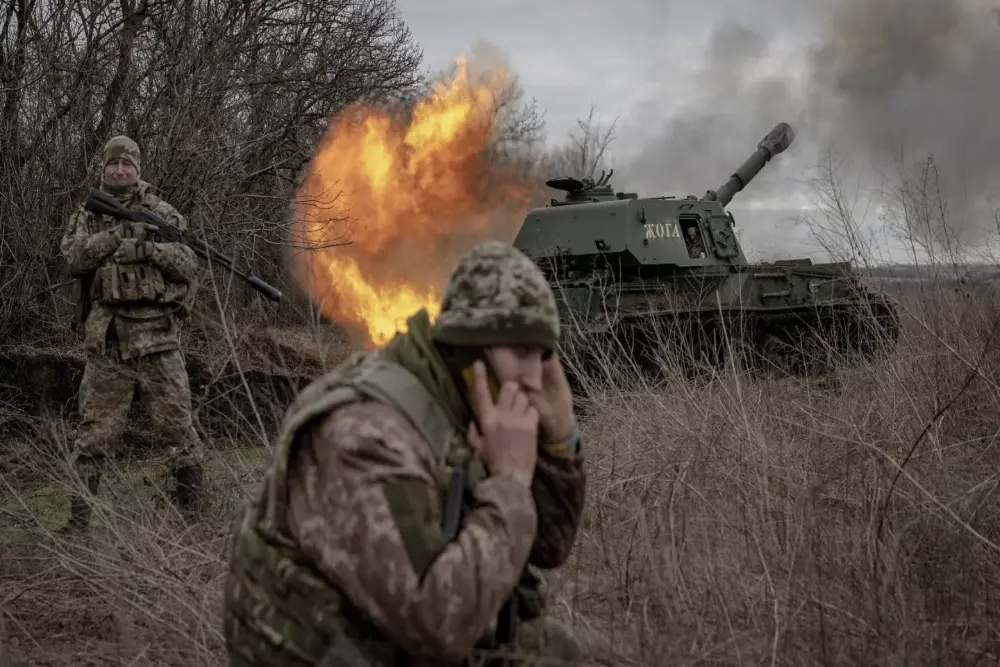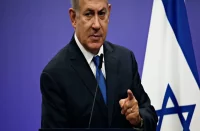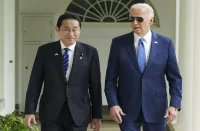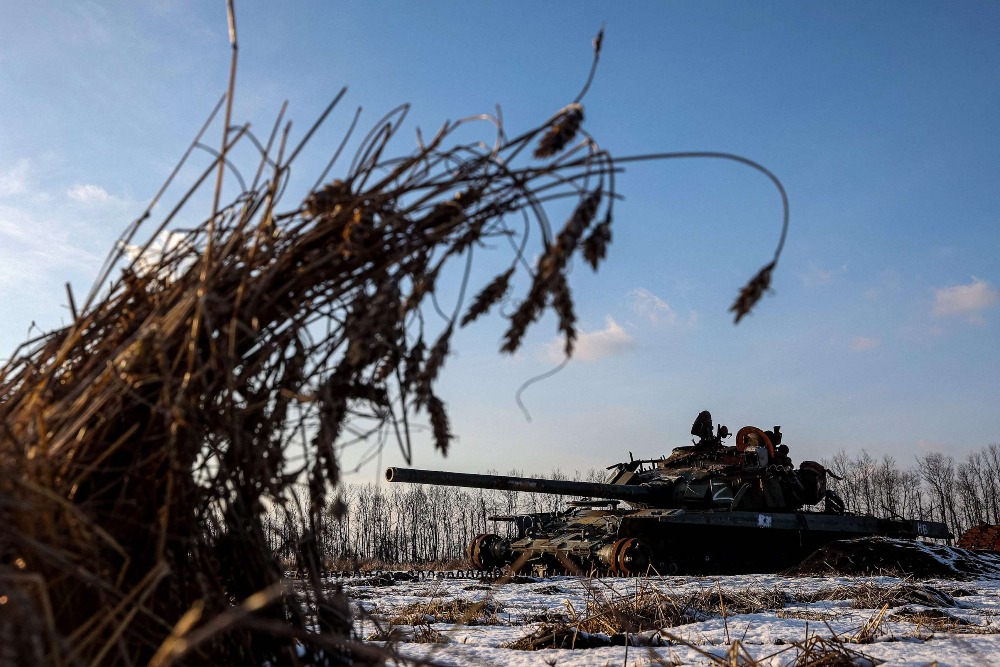
Ever since the beginning of 2024, there have been reports that Ukraine is suffering an acute shortage of manpower on the frontlines. The failed counteroffensive is deep in history and Russia is regaining its strategic advantage on the battlefield. In an interview to the Washington Post in February 2024, dozens of Ukrainian military commanders said that personnel deficits are their main point of concern at this stage of the conflict.
Ukraine President Volodymyr Zelensky said that the Ukrainian army suffered 31,000 casualties. These numbers appear to be rather underestimated, as in summer 2023, US officials put the number of casualties at close to 70,000 killed and 120,000 wounded, while the Russian Ministry of Defense claims that the number of casualties is close to 400,000 soldiers.
The strains of this war of attrition are clearly visible in Ukraine. Soldiers on the frontlines suffer from war fatigue and frustration. They have not seen home in two years and there is little hope for any kind of rotation with the shortage of manpower. The average age of frontline troops is now up to 43, which raises obvious questions about the people’s health and fitness. Reports say that new recruits coming to replenish the forces are not sufficiently trained and are practically useless.
There have been several ways, in which Ukraine has tried to bolster its forces. At the end of December, the Ukrainian parliament introduced a mobilization law, which was largely criticized by opposition leaders and the public. President Zelensky said that the military needs 500,000 additional troops to keep fighting. Commander-in-chief Zaluzhny said that this number was false, but Zelensky still pushed through his agenda.
In February 2024, the parliament adopted the law in the first reading. The age for military service will be lowered from 27 to 25. The efficiency of this measure is questionable, as the average age of the Ukrainian army is largely the result of general demographic trends in the country: 26% of Ukrainian men are aged 35-49, but only 17% are aged 20-34. All citizens liable for military service will have to carry a military ID and present it to the enlistment office employees or the police at the first request.
Some of the provisions of the law have raised concerns among human rights defenders about basic liberties, as they contradict the Ukrainian Constitutions. For instance, every Ukrainian man of conscription age (18 to 60) will be required by law to set up an online account as a potential recruit. Sanctions for not doing so include banning using consular services, blocking people’s bank accounts, and limiting their driving licenses. In fact, the proposed norms do not imply any protection of the citizen from the lawlessness of the authorities, which is why the Ukrainian people are angry with their authorities.
Additionally, the law does not specify the modalities of the rotation of personnel, as no limitations for the duration of military service are included. The law says that the decision to demobilize soldiers should remain at the discretion of military commanders. Due to this fact, additional worries have been raised concerning corruption in the army.
This is not the only way Ukraine has been trying to bolster its ranks. Western leaders have embarked on a campaign to justify sending NATO troops to Ukraine. The idea championed by French President Emmanuel Macron was first met with disgust, but it is now gaining ground among leaders of Eastern European nations. Polish Foreign Minister Radoslaw Sikorski has already said that NATO troops were already in Ukraine without specifying the details of such a claim. Russian officials have already said that this is yet another confirmation of NATO’s direct involvement in the conflict in Ukraine.
However, not all NATO members agree to this idea. Slovak Defense Minister Robert Kaliňák has recently said that instead of NATO troops, Europe should send draft-age Ukrainian men back home to fight. Ever since the beginning of the conflict, Ukrainian men have been banned from leaving the country, but some of them managed to do so, which has resulted in about 300,000 conscription age men living abroad in Europeean nations. Slovakia has been rather vocal in saying that Europe should not provide these men with shelter, but rather deport them back to Ukraine to bolster the ranks. Still, this will prove futile, as these people do not have the proper military training and it will be useless to send them to the frontlines.
All in all, Ukraine is in big trouble if it does not find ways to mobilize more troops and make their soldiers motivated again. Last time Russia suffered a lack of manpower in 2022, it lost its positions near the city of Kharkiv. It is impossible to say what losses the Ukrainian side may suffer this time.














Comments